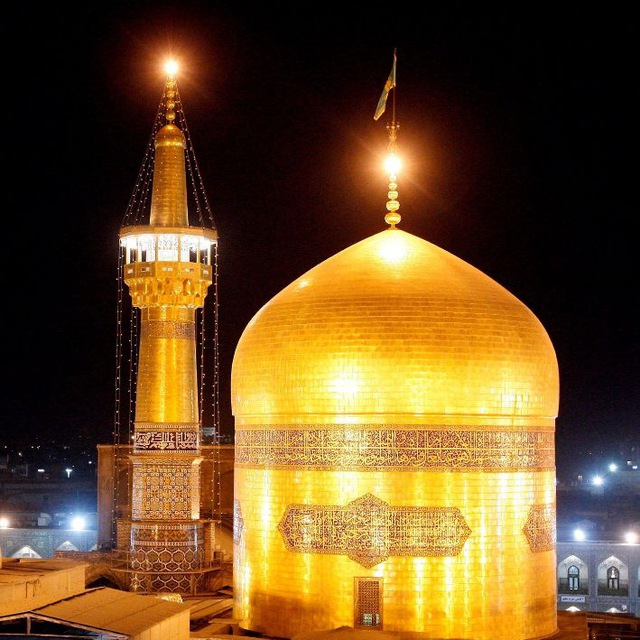The story of the royal sacrificial lamb in the time of crisis and popular protest
Sahand Iranmehr
In Sha’ban 1277, famine and death plagued the people of Tehran and Tabriz. A year ago, when the people of Mashhad realized that despite the hunger of the people, the rich Imam of the city had hoarded flour in his large grain warehouses, they pulled him down from the pulpit. The reason for the famine was the export of grain to Russia, which although Naser al-Din Shah had verbally spoken about the need to stop it, but it was of no use in practice (Marat al-Beldan Naseri).
To calm the people, they were told that a “government council” would be formed and the problem would be solved. This “state council” in a country where the king was omnipotent is also an interesting story. Another name of the State Council was “Maslahtkhaneh”. In the order of its members, it was stated: “These ministers will not sign an order without asking Mubarak’s feet and asking for the holy royal vote.” (The accidental events of 7 Safar 1275).
The expediency house was established when the Shah could not tolerate even his submissive chancellor Mirza Aga Khan Nouri and decided to abolish the position of chancellor. Once, when the people were starving and dying, the Shah left the problem to the Expediency Ministers, who did not have the right to make decisions without his permission, and they could not do anything other than cursing the hungry people and the dead relatives.
The Shah’s concern in all these deaths was his own death, because at that time, the cause of protests and public riots was not the performance of the government as they saw in “The Cursed Qur’an” and the Cursed Qur’an of 1277 considered the 1st of Muharram as the moment of an ominous incident and was afraid that The riot will lead to the death of the king.
The next step of the Shah to stop the deaths due to famine was to entrust the work to Haj Mahmoud Nouri, the sheriff of Tehran. One day, when the people had gathered around the royal citadel and raised the cry of al-Ghiyath, they called Haj Mahmoud Nouri. When Haj Mahmoud wanted to enter the citadel, the hair-cutting women blocked his way. Haj Mahmoud Nouri also beat them until he finally entered the citadel.
Naser al-Din Shah’s first words to him were: “When you treat your subjects like this in front of my eyes, what are you doing in my absence?” Then he gave an order and finally got so angry that they strangled Haj Mahmoud of Tehran Police. Edward Eastwick, a British diplomat, wrote as a witness to that story that the suffocation of Haj Mahmoud Nouri in front of the people “put the passion and inflammation to sleep and saved the Shah as much as a cold.”
Sir Henry Rawlinson in his book “Journey to the Court of Sultan Sahibqran” refers to this story that the Shah of Iran was looking for a lamb to sacrifice in great crises in order to blame all the sins on him. This approach of Naser al-Din Shah became stronger when his attempt to weaken the position of chancellor, unconsciously exposed him to the direct criticism of the people.
It is precisely in these years that, according to Rawlinson’s writing, the sharpest point of criticism is directed at the Shah himself, his image has been damaged “without the Shah himself realizing” and now the previous justification of reformists such as Malkam Khan, who is happy to accompany the Shah to reform by acquitting him and throwing The blame lies on other officials, it is useless: “You (Prime Minister Nouri) think that you are deceiving the king, but the king’s custom is to pretend to be deceived! Hakimi Ferangi says: Which is wiser? The one who deceives or the one who pretends to be deceived”
More painful than the condition of the people at this time was the condition of the Shah, and worse than the condition of the Shah, the condition of Haj Mahmoud Nouri, the sheriff, who, in an attempt to gain the Shah’s love, beat the people and did not know that the Shah wanted a sacrificial lamb in the time of crisis and who better than him. that people were also satisfied with his behavior.
@sahandiranmehr
This post is written by monese_ghamgosar
